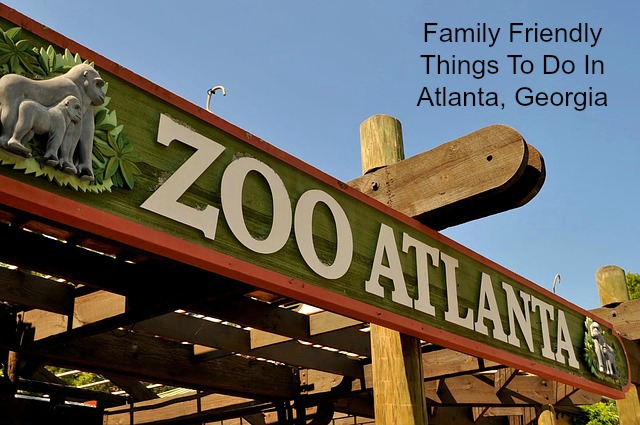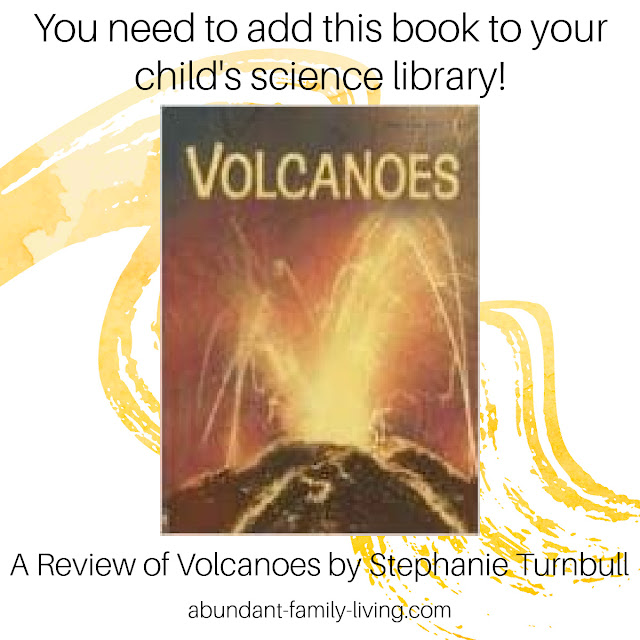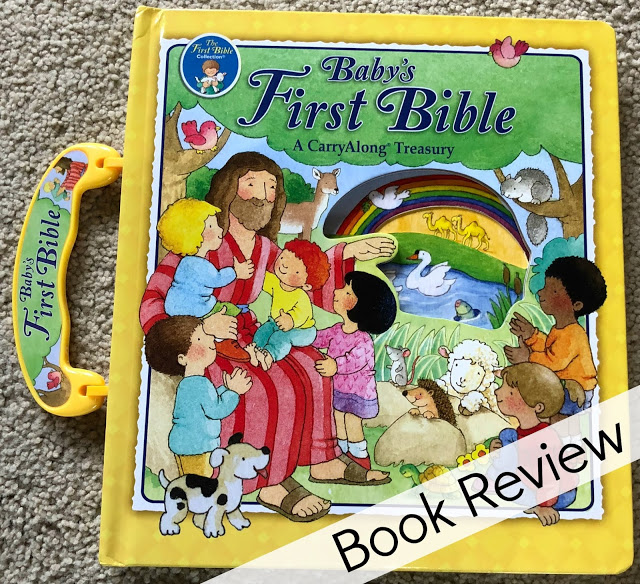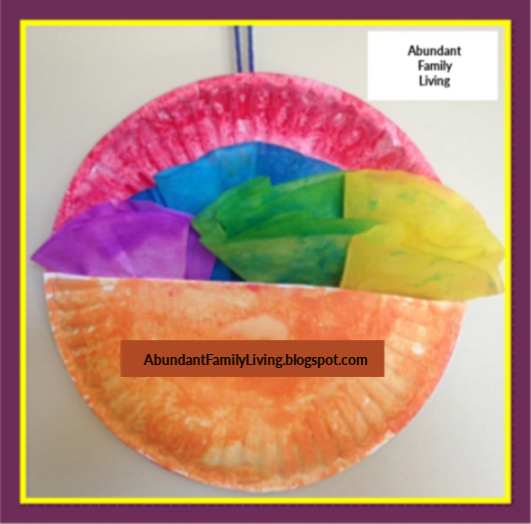 |
| Image Credit: HanSolo - CCO Public Domain Image via Pixabay |
Two Brothers
The PlotTwo Brothers takes place in the jungles of Africa and opens with a lurking sense of danger. As the sense of danger fades into peacefulness, viewers are introduced to a tiger family, including two adorable tiger cubs, enjoying their blissful lives amongst the ruins of an ancient temple. After a few moments of watching the happy tiger family, viewers become very aware of the tiger family bond, especially the brother cubs. The cub’s play session develops into a feud with another jungle foe, ending with one brother up a tree and the other on the ground with the enemy.
Finally at peace again, the cubs hear human voices and return to their parents. As the mother attempts to move the first cub to safety, the father tiger is killed. Before the mother can return for the second cub, he is taken by one of the human intruders. Eventually both cubs find themselves in the hands of human intruders. One cub ends up in the hands of heartless circus trainers where his youthful spirit is crushed. The other becomes a loved pet until the family passes him on to another owner who turns him into a fighter. After viewers are entertained through a series of scenes which surface emotions ranging from sorrow to joy and then back to sorrow again, the cubs are forced to fight one another in a stadium for the purpose of barbaric entertainment. After the fight begins and proceeds for a short time, the tigers begin to recognize one another. Instead of fighting, they end up in a heartwarming reunion and resume the play session that had begun one year earlier before the family was tragically separated.
Although the film does entertain viewers with dialogue between humans, the filmmakers accomplished the difficult task of communicating to viewers the thoughts and expressions of the animals without the use of captions.
The tiger cubs remain the focus of the film while human characters serve in adequate and needed supporting roles.
The film teaches viewers the value of the family bond, the importance of keeping the faith, holding on to hope no matter how hopeless a situation might seem, and leaves the viewer with a sense of respect for animals and their environment.
The movie is directed by Jean-Jacques Annaud and stars Guy Pierce and Freddie Highmore.
This movie is highly recommended.
The Director
Frenchman, Jean-Jacques Annaud, was born on October 1, 1943. He studied at the Vaugirard Film Technical School. He made his first educational film for the French Army while serving in Africa. During the 1960s and 1970s, Jean-Jacques Annaud directed over 500 television commercials. His other works include: Black and White in Color, Coupe de Tete/Hot Head, Quest for Fire, The Name of the Rose, The Bear, Wings of Courage, and Seven Years in Tibet.
The Human Actors
At the tender age of eleven, Guy Pierce appeared in theater production of The King and I, Alice in Wonderland, and The Wizard of Oz. Later he appeared in Australian films such as Neighbours, Home and Away, and Snowy River, The McGregor Saga. More of Guy Pierce’s films include: The Adventures of Priscilla, Queen of the Dessert, L.A. Confidential, and Hunting.
Child actor, Freddie Highmore, starred with Johnny Depp in the 2005 version of Charlie and the Chocolate Factory. His other films include Jack and the Beanstalk: The Real Story, and Finding
Neverland.







































